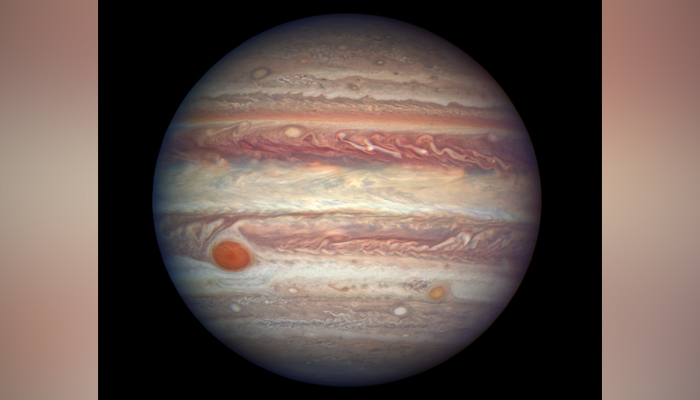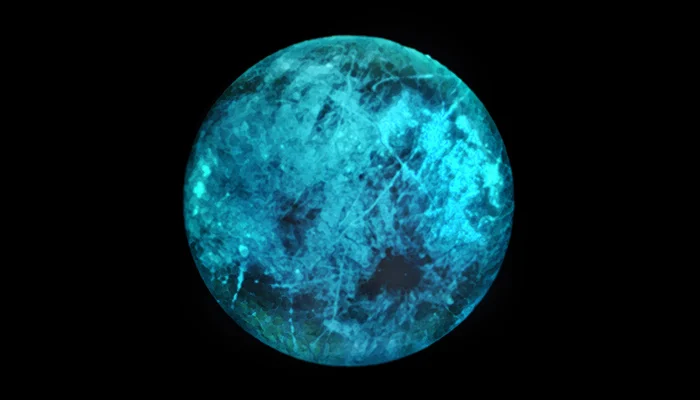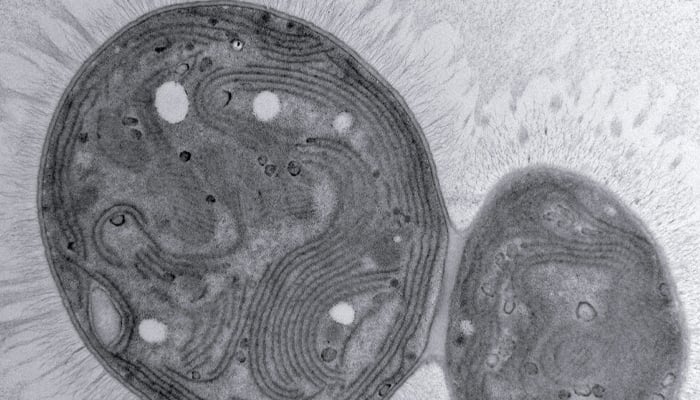The deep space diver James Webb Space Telescope captured remarkable details about the composition of Jupiter’s moon Europa’s icy surface which hosts carbon as scientists are hopeful of finding traces of extraterrestrial life in the planets and their satellites in our solar system.
Earlier researchers have described the composition of Europa’s surface with salty liquid water which designated it as a focus area of the experts searching for life outside Earth.
The results of the studies published in the journal Science gave new explanations about the chemical composition of the ocean beneath the surface of the moon covered with ice.
The observations from the James Webb Telescope suggested that the carbon dioxide originates from its ocean covered with ice.
After gathering considerable information, missions bound for Jupiter’s natural satellite will analyse the possibility of life taking into account the crucial elements supporting life.
Despite finding the origination of the CO2 from the icy surface, scientists have yet to determine how it originated.
Scientists are trying to answer by exploring assumptions about whether the CO2 was delivered to Europa by meteorite impacts or whether it was indigenously produced through the interaction of the planet’s magnetic field.

According to the experts, determining the source of the CO2 would help draw constraints on the chemistry of Europa’s internal ocean.
One of the two studies identified an area of concentration on Europa abundant with CO2 in a nearly 1,800-square-kilometre region called Tara Regio. They believe that the facts indicated the origination of CO2 from an internal source of carbon.
Scientists, keeping in view their findings said this CO2 was formed within Europa’s subsurface ocean and brought to the surface on a geologically recent timescale.
In June, a poem, a free-verse ode consisting of seven three-line stanzas, or tercets, was reported to be engraved by the handwriting of the poet Ada Limon on the exterior of the Europa Clipper mission, which is scheduled to launch from Kennedy Space Center in Florida in October 2024.
The spacecraft, which is under construction at Nasa’s Jet Propulsion Laboratory (JPL) near Los Angeles, is larger than any other probe by the US space agency space exploration mission. It is estimated to reach Jovian orbit in 2030 after a 1.6 billion-mile (2.6 billion km) journey.
The solar-powered space probe will carry a number of instruments to study the vast ocean of water that scientists strongly believe lies beneath Europa’s icy crust, potentially harbouring conditions suitable for life.
During its mission, the spacecraft is likely to make nearly 50 fly-bys of Europa, rather than orbiting it, because doing so would bring it too close for too long to Jupiter’s powerfully harsh radiation belts.




